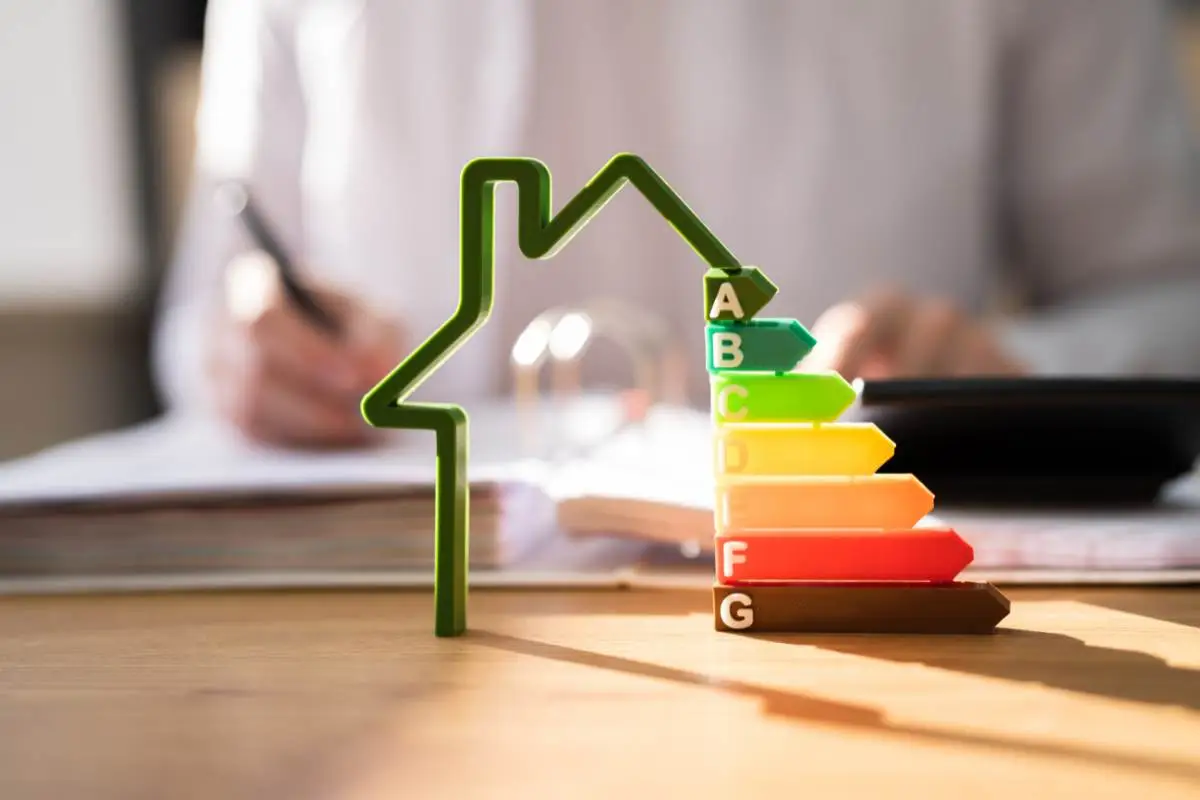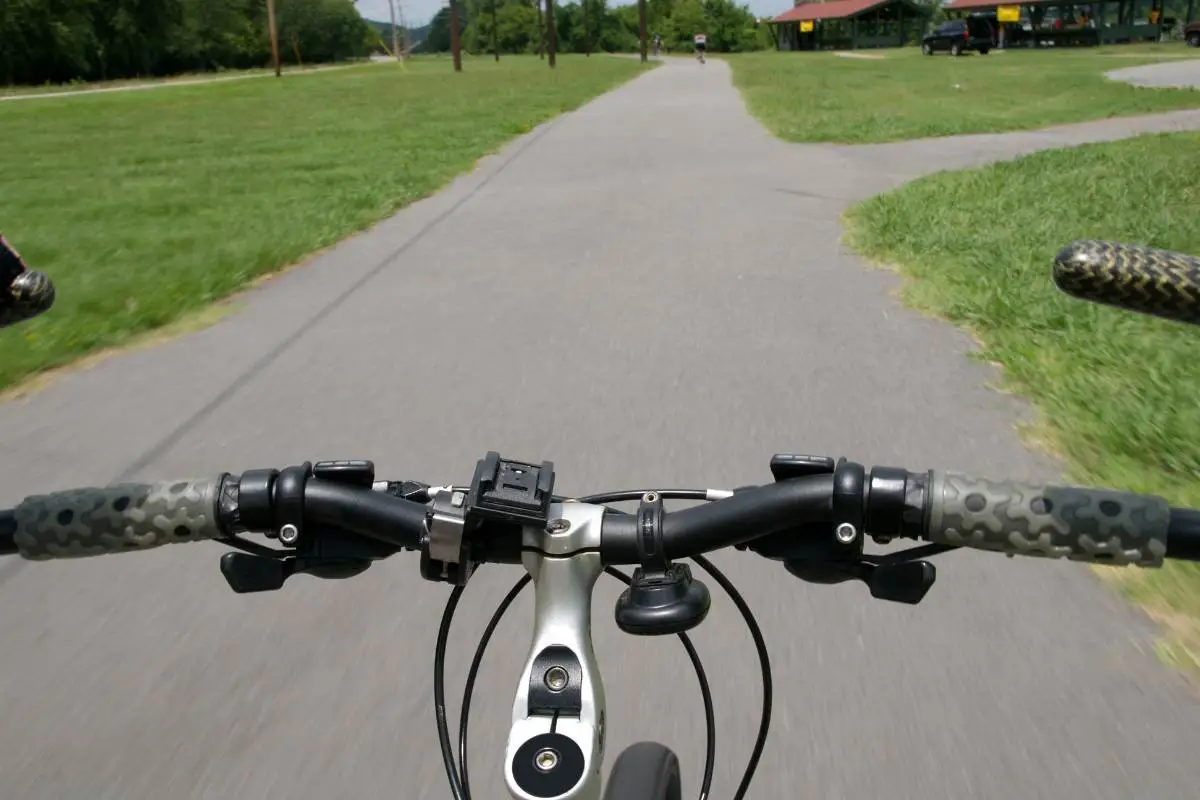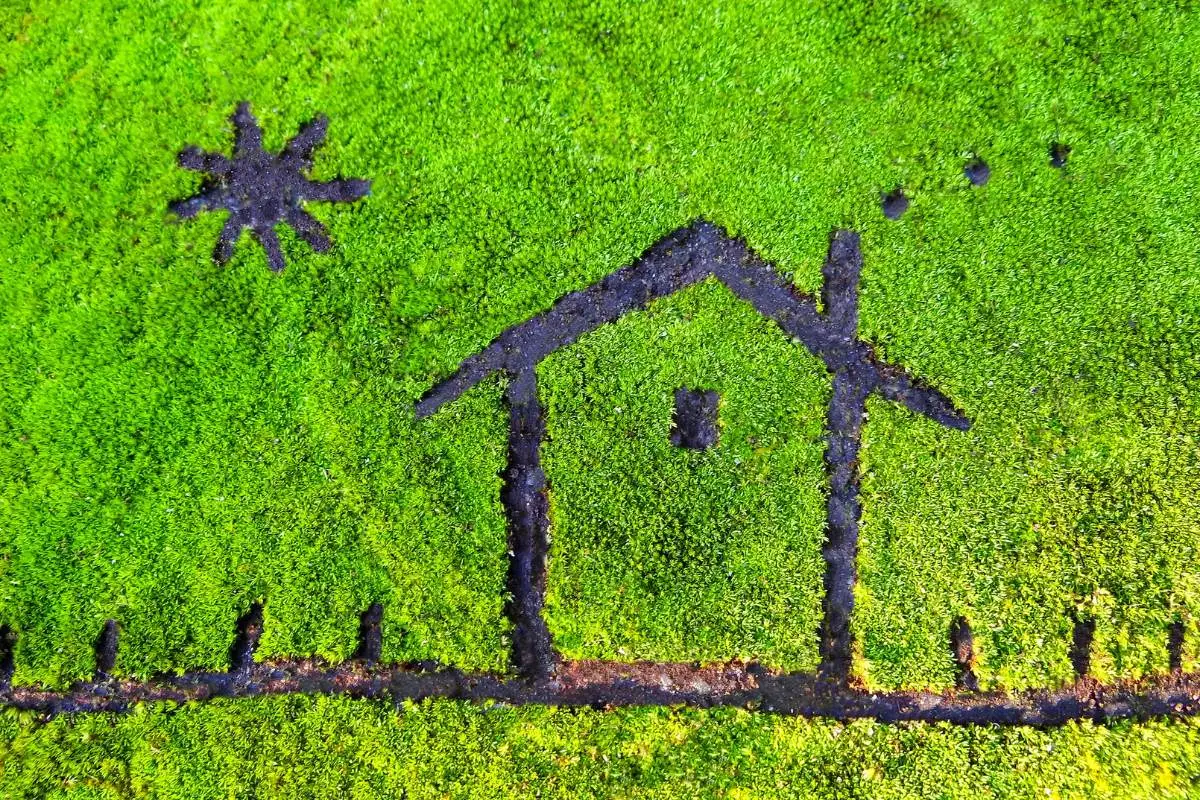Easy Home Energy Efficiency: Reduce Your Carbon Footprint
Energy Efficiency at Home: Simple Steps to Reduce Your Carbon Footprint
Are you looking for ways to reduce your carbon footprint and make your home more energy-efficient? With the increasing concern about the environment, it’s important to take action and do our part. In this post, we will share simple and actionable steps that you can take to improve energy efficiency at home. By implementing these changes, not only will you help the environment, but you will also save on energy bills. So, let’s get started and make a positive impact!
Understanding Energy Efficiency
Before we dive into the steps to improve energy efficiency at home, it’s important to understand what it means. Energy efficiency refers to the efficient use of energy to accomplish a task while minimizing energy waste. By implementing energy efficiency measures, you can reduce your energy consumption and greenhouse gas emissions.
Why Should You Consider Energy Efficiency at Home?
There are several reasons why you should consider improving energy efficiency at home:
- Environmental impact: By reducing your carbon footprint, you are helping to combat climate change and protect the environment.
- Savings on energy bills: Improving energy efficiency can lead to significant savings on your energy bills in the long run.
- Comfort and health: Properly insulating your home and using energy-efficient appliances can create a more comfortable living environment and improve indoor air quality.
- Preserving natural resources: By using less energy, you are reducing the demand for fossil fuels, which are finite resources.
Now that you understand the importance of energy efficiency, let’s move on to the steps you can take to achieve it.
Evaluate Your Current Energy Usage
Start by evaluating your current energy usage. This will help you identify areas of improvement and set goals for reducing energy consumption. Consider examining your energy bills, conducting a home energy audit, and using energy monitoring devices to track your usage.
Seal Air Leaks and Insulate Your Home
Air leaks can result in significant energy loss. Seal any gaps or cracks in your windows, doors, and walls to prevent drafts and improve insulation. Additionally, insulate your home properly to minimize heat loss during winter and heat gain during summer.
Upgrade to Energy-Efficient Appliances
Older appliances tend to consume more energy. Consider upgrading to energy-efficient models when it’s time to replace your refrigerator, washing machine, dishwasher, or other major appliances. Look for appliances with an ENERGY STAR label, as they are designed to be more energy-efficient.
Switch to LED Lighting
LED light bulbs use significantly less energy and last longer compared to traditional incandescent bulbs. Make the switch to LED lighting throughout your home to reduce energy consumption and lower electricity costs.
Unplug Electronics When Not in Use
Even when turned off, electronics and appliances continue to consume energy when plugged in. To prevent this standby power usage, unplug devices when not in use or use power strips with on/off switches.
Utilize Natural Lighting and Ventilation
Take advantage of natural lighting during the day by opening curtains and blinds. This will help reduce the need for artificial lighting. Similarly, use natural ventilation by opening windows and doors to let fresh air circulate instead of relying solely on air conditioning.
Plant Trees and Install Window Treatments
Strategically planting trees near your home can provide shade, reducing the need for cooling in the summer. Additionally, installing window treatments such as blinds or curtains can help insulate your windows and reduce heat gain or loss.
Use Energy-Efficient Window and Door Sealants
Use energy-efficient window and door sealants to prevent air leaks and improve insulation. This can help maintain a comfortable temperature inside your home and reduce the workload on your heating and cooling systems.
Monitor and Control Your Thermostat
Invest in a programmable or smart thermostat that allows you to set different temperature settings for different times of the day. This way, you can optimize energy usage by adjusting the temperature according to your needs and schedule.
Reduce Water Consumption
Conserving water also contributes to energy efficiency. Install low-flow faucets, showerheads, and toilets to reduce water usage. Fix any leaks promptly, and consider collecting rainwater for outdoor use.
Opt for Renewable Energy Sources
If feasible, consider installing solar panels or wind turbines to generate renewable energy for your home. While there is an upfront cost, the long-term savings and environmental benefits make it a worthwhile investment.
Implement a Rainwater Harvesting System
Rainwater harvesting involves collecting and storing rainwater for later use. By implementing a rainwater harvesting system, you can reduce your reliance on municipal water supply and save energy required for pumping and treating water.
Properly Maintain Your HVAC System
Regular maintenance of your heating, ventilation, and air conditioning (HVAC) system can improve its efficiency. Clean or replace filters regularly, schedule professional inspections, and make necessary repairs or upgrades to ensure optimal performance.
Conduct Regular Energy Audits
Periodically conduct energy audits to track your progress and identify any new opportunities for improvement. This will help you stay on top of your energy efficiency efforts and continue making positive changes.
Spread the Word and Encourage Others to Follow Suit
Lastly, spread the word about the importance of energy efficiency and share the steps you have taken to reduce your carbon footprint. Encourage your friends, family, and community to follow suit and create a collective impact for a greener future.
Conclusion
Improving energy efficiency at home is a simple and effective way to reduce your carbon footprint and make a positive impact on the environment. By implementing the steps outlined in this post, you can save on energy bills while contributing to a sustainable future. Remember, every small change adds up, so start making a difference today!





